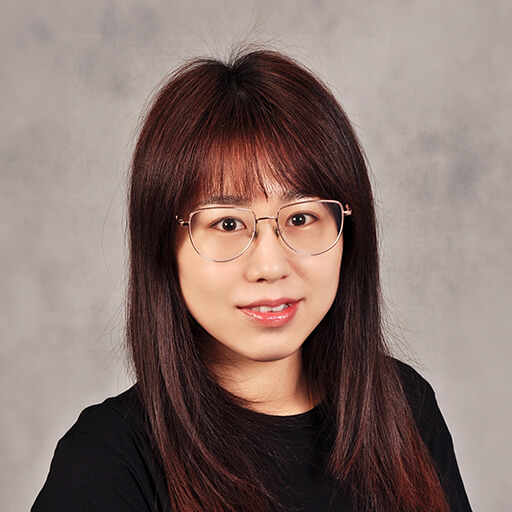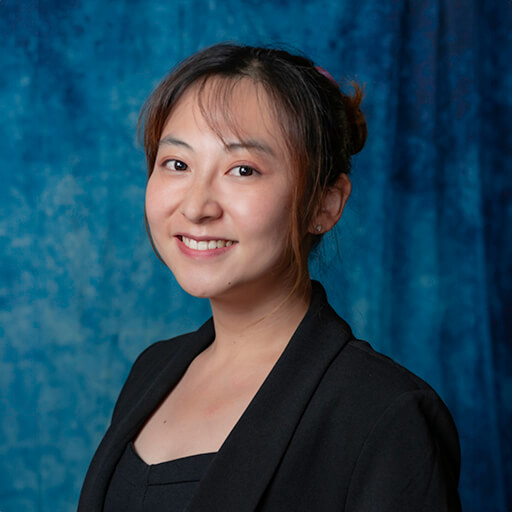A Tissue Engineered Aqueous Drainage Device
About the Research Project
Program
Award Type
Standard
Award Amount
$22,555
Active Dates
April 01, 1998 - March 31, 1999
Grant ID
G1998401
Summary
The term “tissue engineering” refers to the process of altering artificial material with biological material to make the resulting material more compatible with biological tissues. This alteration can be in the form of cells placed on the surface of a polymer or attachment of biological molecules to the surface. The overall goal is to produce something which, when implanted within a person, does not trigger the bodies normal response to foreign material. Polymers such as dacron, polypropylene, and teflon are already being used in artificial structures such as portions of artificial hearts, blood vessels, and hernia patches, however their usefulness is limited by an eventual tissue response which results in a thick layer of fibrous proteins covering the surface. This is the result of the normal healing response gone awry. The goal of tissue engineering is to produce a material which “looks” like normal tissue, thus is incorporated into the surrounding healing tissue, not walled off from it. Besides the articles listed above, another medical device made of artificial polymer is an aqueous drainage device, also called a seton or aqueous shunt. These sit on the back of the eye and communicate with the inside of the eye via a tiny tube inserted into the front chamber. Their purpose is to relieve excess fluid pressure which, if untreated, can lead to damage to the optic nerve and blindness. The common term for increased pressure inside the eye (intraocular pressure or IOP) is glaucoma. These devices do a good job of bringing the IOP back to normal, and if nothing else changed, all would be fine. The problem that in about 20% of the patients with these implants the tissue over the surface of the device produces large amounts of fibrous proteins. The fibrous capsule which develops eventually becomes impervious to the fluid draining from the eye and the excess pressure can not be relieved. Because the use of these devices is usually the last option for ophthalmologists, the prognosis for these patients is not good. The goal of this study is to use polymer which has been shown to have improved healing characteristics in other regions of the body and apply it to the problem of aqueous shunts. This polymer, expanded polytetratluoroethethylene (ePfFE), though made by several manufacturers, may be more commonly known as GoreTexTM. It has a microporous structure, so the design which will be tested in this study will be a sandwich structure; two pieces fused at the edges to make a “pillow” of ePTFE. A tube will connect the inside of the eye with the inside of the pillow and excess fluid will then pass through the pores into the tissue spaces. Untreated, ePTFE develops a fibrous capsule around it just like other polymers. However we have been investigating ways to alter the healing characteristics by modifying the surface of the polymer using proteins normally found in the spaces between cells in the body, termed extracellular matrix. We have found that by using a unique patented technology using light as activating agent, we can greatly improve the healing around ePTFE. Improved healing is judged by a marked decrease in the thickness of the fibrous capsule and an increase in the number of tiny blood vessels around, and actually within, the polymer. These are characteristics of normal healing, suggesting that the polymer now “looks” more like normal tissue, rather than foreign material. Our hope is that by improving the tissue response around these surface-modified aqueous shunts, the devices can function indefinitely. A relatively simple, one-time procedure would be especially helpful in countries without the extensive healthcare system found in the US. Alternative treatments requiring repeated visits to the doctor, long-term use of perishable drugs or sophisticated laser surgery are not options in many underdeveloped countries, while a one-time implant surgical procedure may be.
Grants
Related Grants
National Glaucoma Research
The Role of Microtubules in Glaucomatous Schlemm’s Canal Mechanobiology
Active Dates
July 01, 2024 - June 30, 2026

Principal Investigator
Haiyan Li, PhD
Current Organization
Georgia Institute of Technology
National Glaucoma Research
Pressure-Induced Axon Damage and Its Link to Glaucoma-Related Vision Loss
Active Dates
July 01, 2024 - June 30, 2026

Principal Investigator
Bingrui Wang, PhD
Current Organization
University of Pittsburgh
National Glaucoma Research
Why Certain Retina Ganglion Cells Stay Strong in Glaucoma
Active Dates
July 01, 2024 - June 30, 2026

Principal Investigator
Mengya Zhao, PhD
Current Organization
University of California, San Francisco



